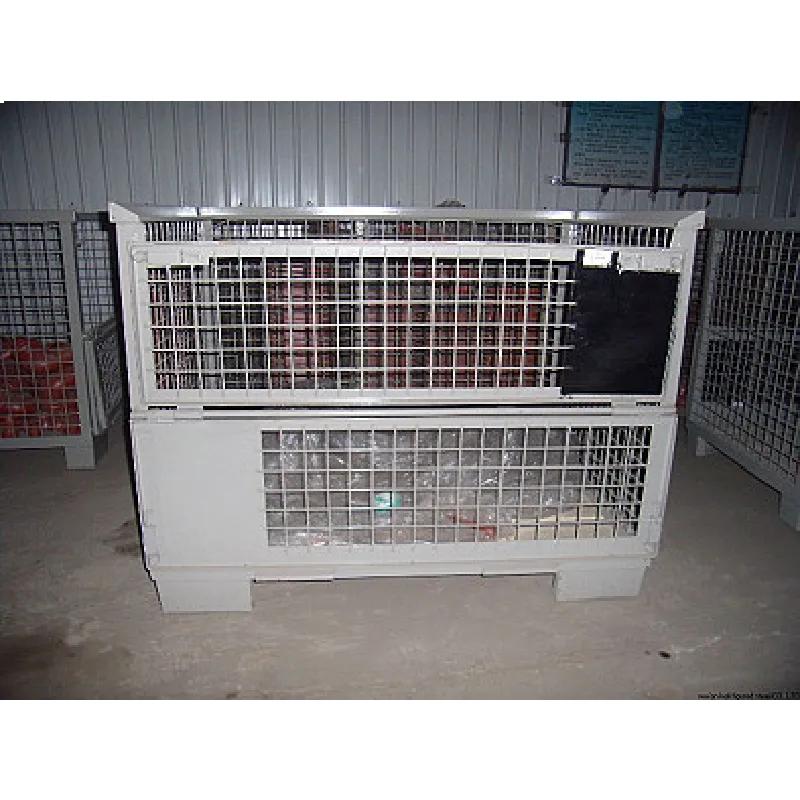rubber lined butterfly valve
The Advantages and Applications of Rubber Lined Butterfly Valves
Butterfly valves are a critical component in the control of fluid flow across various industries. Among the different types of butterfly valves, the rubber lined butterfly valve stands out due to its unique design and material properties. This article explores the advantages and applications of rubber lined butterfly valves, highlighting their importance in modern industrial practices.
Overview of Rubber Lined Butterfly Valves
Rubber lined butterfly valves are designed with a disc that rotates around a central axis to either allow or restrict the flow of media. The valve body is typically made of durable metals like cast iron, stainless steel, or carbon steel. What sets rubber lined butterfly valves apart is the lining of the inner surface with a robust layer of rubber. This rubber lining enhances the valve's performance in various applications.
Advantages of Rubber Lined Butterfly Valves
1. Corrosion Resistance The rubber lining provides excellent resistance to corrosion and chemical reactions, making these valves suitable for harsh environments. Industries dealing with aggressive chemicals, sewage, and wastewater treatments benefit significantly from the use of rubber lined valves.
2. Cost-Effective Rubber lined butterfly valves often present a lower cost solution compared to full metal valves that might require expensive coatings or treatments to resist corrosion. The rubber lining can significantly reduce maintenance costs and extend the lifespan of the valve.
3. Lightweight The rubber lining allows for a lighter overall design without sacrificing functionality. This attribute makes installation easier and reduces the strain on the supporting structures in piping systems.
rubber lined butterfly valve

4. Versatile Applications Rubber lined butterfly valves can accommodate a wide range of media, including slurries, solids, and various liquids, making them extremely versatile. Their operational adaptability allows them to be used in industries such as oil and gas, food and beverage, pharmaceuticals, and power generation.
5. Ease of Operation These valves typically offer a simple quarter-turn operation, which makes them easy to open and close. Additionally, they can be automated for remote operation, enhancing operational efficiency in large industrial systems.
6. Sealing Performance The rubber lining provides an excellent sealing capability, ensuring minimal leakage even under high pressure. This characteristic is crucial for maintaining system integrity and safety.
Applications in Various Industries
Rubber lined butterfly valves have found a niche in numerous applications, including
- Water and Wastewater Treatment In municipal water facilities, these valves control the flow of water and sludge, enhancing the efficiency of filtration and treatment processes. - Chemical Processing The rubber lining allows safe handling of various chemicals without the risk of degradation, essential for ensuring operational safety and environmental compliance. - Food and Beverage These valves are easy to clean and sanitize, adhering to health standards required in food processing, thereby ensuring food safety. - Mining and Mineral Processing Rubber lined valves manage slurries and other abrasive materials effectively, prolonging valve life and reducing downtime.
Conclusion
Rubber lined butterfly valves serve as a robust and reliable solution for fluid flow control across diverse applications. Their unique construction offers several advantages, including corrosion resistance, cost savings, and versatility in handling various media. As industries continue to seek efficient and effective solutions for fluid management, rubber lined butterfly valves will remain an integral part of modern industrial operations. Their combination of performance, durability, and cost-effectiveness positions them as a preferred choice in numerous sectors.
-
The Smarter Choice for Pedestrian AreasNewsJun.30,2025
-
The Gold Standard in Round Drain CoversNewsJun.30,2025
-
The Gold Standard in Manhole Cover SystemsNewsJun.30,2025
-
Superior Drainage Solutions with Premium Gully GratesNewsJun.30,2025
-
Superior Drainage Solutions for Global InfrastructureNewsJun.30,2025
-
Square Manhole Solutions for Modern InfrastructureNewsJun.30,2025
-
Premium Manhole Covers for Modern InfrastructureNewsJun.30,2025
